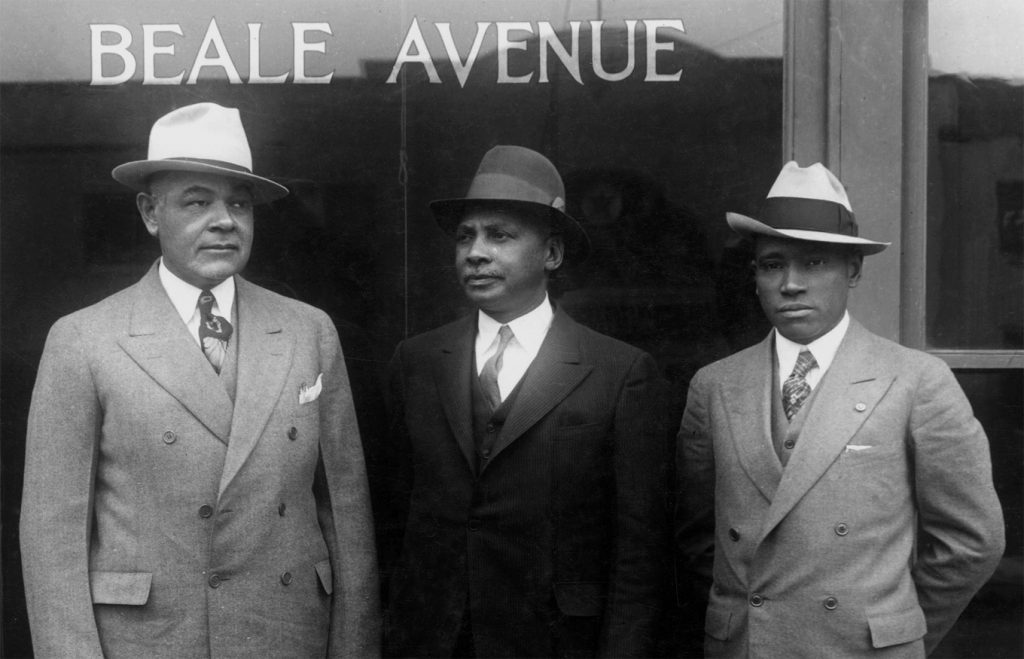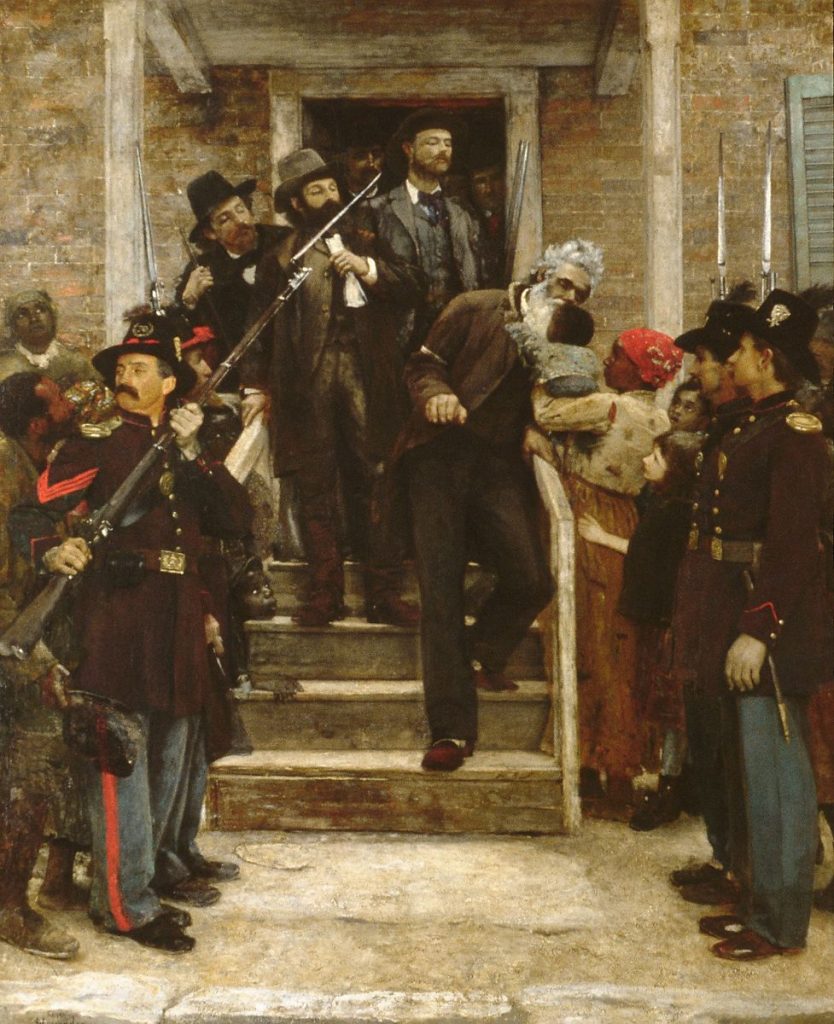
Wednesday, September 16
“There’s no there there,” Gertrude Stein famously wrote about her hometown of Oakland, California. The comment turns out to be not a dismissal of a non-place but a nostalgia for the vanished landmarks of Stein’s childhood.
But if that’s what she meant, it’s a quote that could be applied to many places in the United States.
Some years back, Emily and I made a trip to Columbia, South Carolina, where my uncle Eddie lived, for a family reunion. We drove down the nightmarish I-95 to get there—and passed through a hellscape of WilliamsSonomaland. It turned out that the Eastern Seaboard had been transformed into a vast suburban wilderness—one fast-food joint after another plastic motel after another shopping mall. One memorable experience involved being stuck in a no-exit roundabout, going round and around, facing a Charlie-on-the-MTA prospect of never being able to figure out how to get into that Appleby’s parking lot and perhaps finally being kicked to the curb after running out of gas.
Hurtling down I-95, wedged between methamphetamine-wired semitrailer-truck drivers and Jack Daniel’s juiced suburban commuters, we passed heart-rending signs: Antietam Battlefield thisaway or Harper’s Ferry thataway. Nevermind. Must fly!
Oh, but I WOULD like to go to that Le Creuset outlet store…if only we could get to the exit ramp–AHHHHHHHHHH. Oh, well.

I think we did figure out how to go to Harper’s Ferry. I had always heard of the beautiful little place in connection with the abolitionist John Brown’s 1859 raid, a failed attempt to spark a slave rebellion. Much to my surprise, the town wasn’t just a storehouse of U.S. Army weapons. It was where the army manufactured its rifles. If an actual slave rising had taken place, Brown would have been in a good position to supply a large force of rebels with state-of-the-art weaponry. But it was not to be: A company of U.S. Marines under the overall command of Colonel Robert E. Lee put the kibosh on that fantasy.
Columbia, S.C., turned out to be a pretty enough little place in a pretty enough little state where the longing for Old Times in the Land of Cotton is almost palpable. An outsider might be forgiven for thinking that the War Between the States took place only a couple of decades back. White people in South Carolina commonly speak bitterly of losing the War in a way that probably no one in Japan or Germany speaks of their defeat in World War II.
So there’s this irony: Civilwarland submerged in a plastic-fantastic present of shopaholism and automotive overkill. We remember! Sort of. “I don’t know nothin’ about birthin’ no babies, Miss Scarlett!”
Another place where there’s really no there there is my hometown of Memphis. Whenever there’s a retrospective of Civil Rights Era struggles, the city’s name arises: That’s the place where Martin Luther King was killed. The only other things anyone knows about Memphis: It was the home of The King, Elvis Presley. And they have the cutest hotel there, The Peabody, where every day there’s this parade of ducks through the lobby as they exit their central-fountain swimming hole and go back to their cages on the hotel rooftop. So precious!
The citizens of Memphis know little about the city’s history—and why would they? Founded as a real-estate boondoggle by Andrew Jackson and his cronies, it became a place where Mississippi farmers would travel to sell their annual cotton crop and then buy clothes for their wives and kids. There was little more to the city.
Oh yeah: Before the Civil War, the town was a major slave market.
Several late-19th century epidemics—cholera, malaria, and especially yellow fever— threatened to destroy the city utterly. Anyone who could afford to depart did so. That left the town in the hands of its poorest white and, more often, black citizens. Memphis’ population fluctuated wildly: 20,000 fled the city of 40,000 in the first days of the 1878 epidemic. It had been the second-largest city in the South, just behind New Orleans. Of those who remained, 5000 died.
By 1900, the city’s population was up again, to 100,000.
Other than M.L. King and The King, two others left their mark on Memphis. These were political boss E.H. Crump, who ruled the city and much of the state of Tennessee between 1910 and 1950. A contemporary, W.C. Handy, presided over the African American enclave, Beale Street. (What’s with all the initials?) One of Handy’s popular songs, “The Memphis Blues,” was originally written as a campaign song for Crump. Weirdly, Handy’s best-known song , “St. Louis Blues,” is about another city and includes touches of Argentinian tango.
Today, Beale Street is a sanitized, Disneyland-like strip of Bud Light-selling bars. In its heyday, the short street featured dry goods stores, pawnshops, poolrooms, rowdy black saloons, movie houses, and raunchy bordellos. Handy captured the disreputable atmosphere in one song: “If Beale Street could talk, married men would have to take their beds and walk.” But the ragged edges of the place were sanded out by redlining and several rounds of urban renewal in the 1960s—during which time it almost disappeared.
And there’s little else from the past remaining in Memphis. Like the I-95 corridor, the place is now just one vast, undifferentiated suburb.
Dinner: leftover Chinese beef with broccoli, rice, and a green salad.
Entertainment: the penultimate episode from season three of Hinterland on Netflix, plus another episode of the Toby Jones comedy Don’t Forget the Driver on Britbox.
